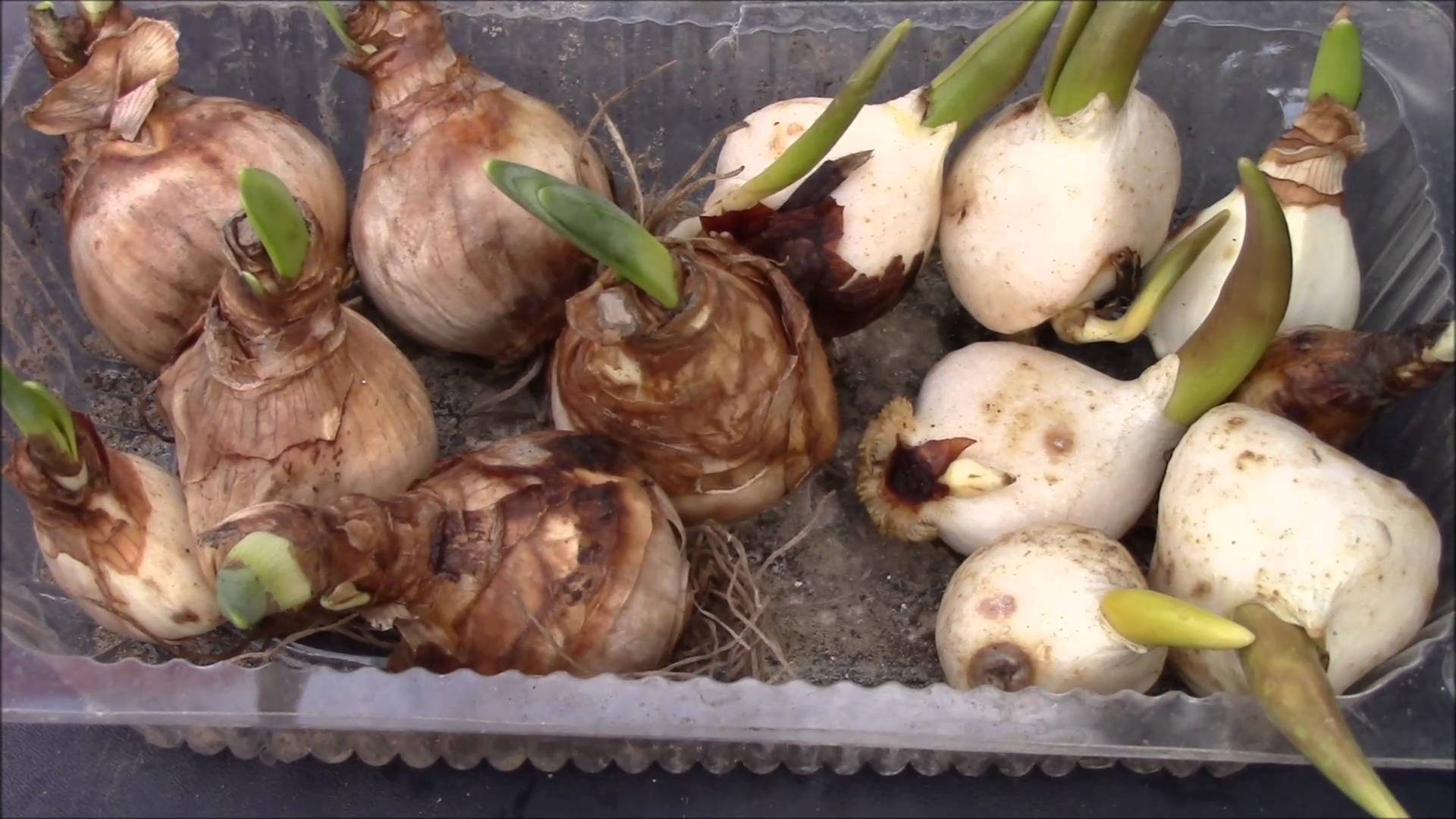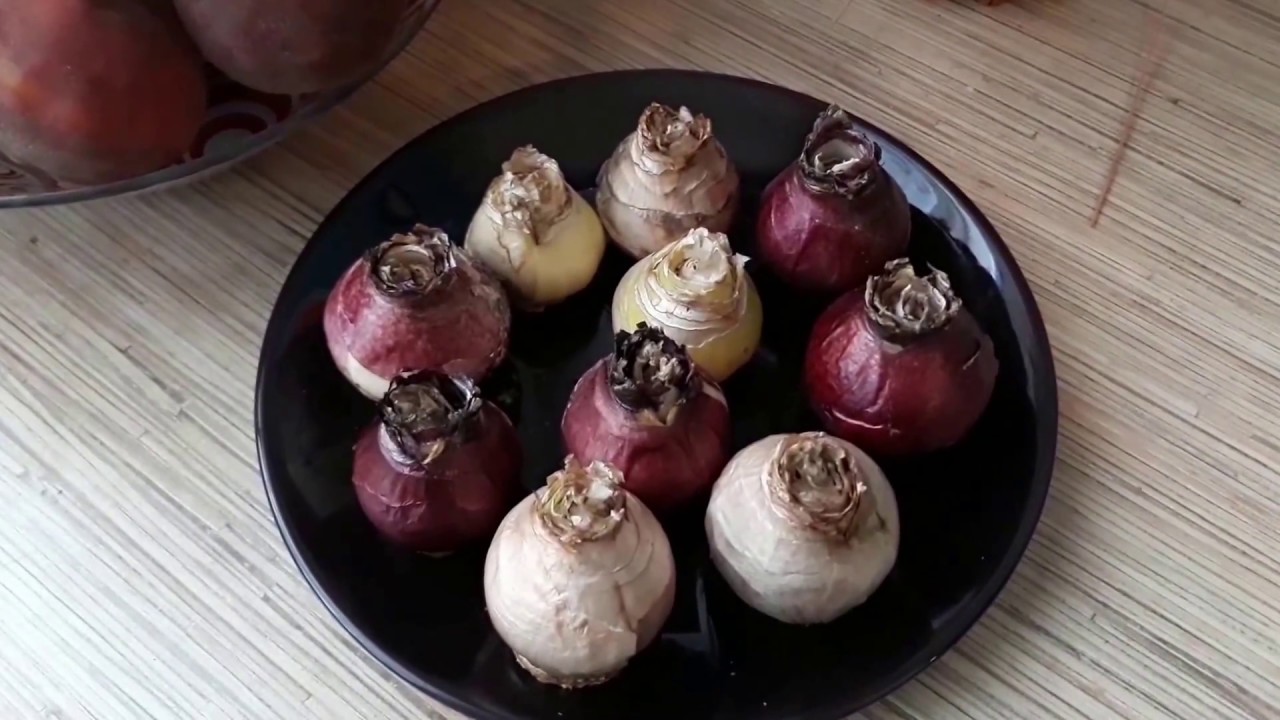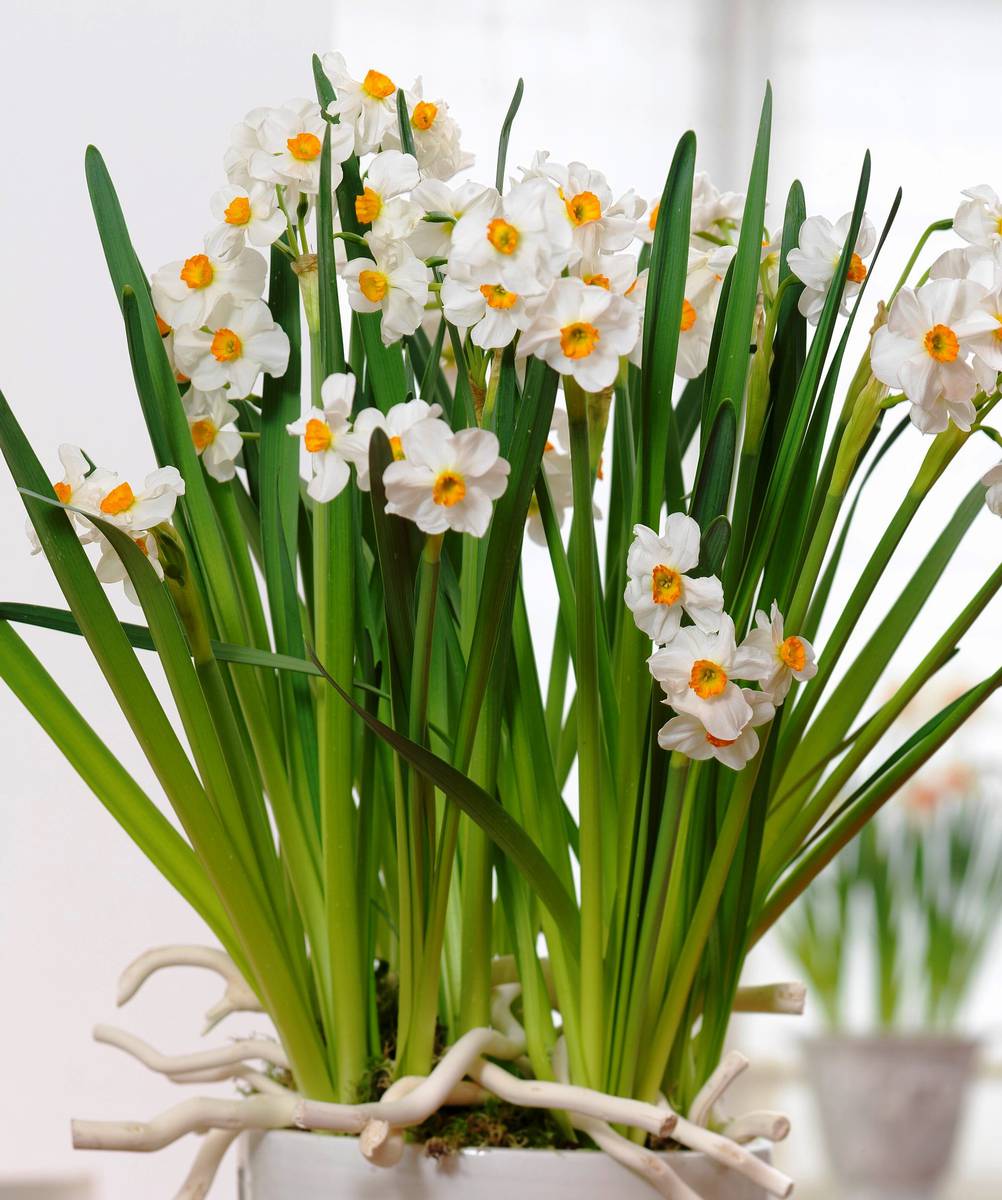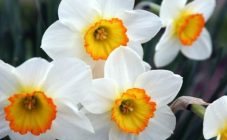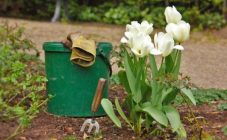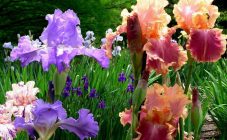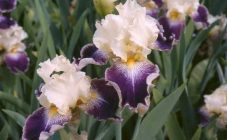Content:
One of the spring flowers is the daffodil. In spring, you can see flowering bushes of these plants in garden or personal plots. Many gardeners have a question about when to dig up daffodils after flowering and when to plant. It all depends on the type of flower and the climatic conditions in which it grows.
How many bloom
The first daffodils begin to bloom at the end of April (7-12 days earlier than the tulip starts flowering). They finish blooming from mid to late May. The flowering period of these plants lasts 10-15 days.
First, tubular and large-crowned daffodils bloom, then split-crowned, at the latest flowering in daffodils and small-crowned ones.
Do you need to dig up daffodils after flowering outdoors?
Daffodils are a bulbous garden plant. Caring for them is slightly different from root and tuberous species.
Plants can live in one place for no more than 6 years. During the season, one bulb forms 2-3 daughter ones. If daffodils are not transplanted during this time, they will bloom much less often, their colors will become pale.
Experts recommend replanting daffodils every 2-3 years. This will enable the bulbs to grow and develop normally.
When it comes to when to dig up daffodils after flowering outdoors, the best time to do this is 50-55 days after they finish flowering. At this time, the leaves of the plants fall to the sides, and their tips turn yellow.
The reason that it is necessary to dig up daffodils in a strictly defined period of time is also the fact that the bulbs have time to form new lateral roots, which will be damaged during transplantation. The plant will no longer have time to restore them. Such a flower will root badly and take root in a new place. It is also highly likely that late transplanted daffodils will have poor resistance to fungal attack.
How to properly dig up daffodil bulbs after flowering
After the tips of the leaves of the flowers begin to turn yellow, you can start transplanting them. In this case, you can adhere to the following scheme:
- Dig the bulbs out of the ground.
- Rinse them under warm running water to remove soil residues.
- Dry the dug out bulbs. For this, a well-ventilated room is ideal, where direct sunlight does not enter.
- Soak the bulbs in a weak solution of potassium permanganate for 20-30 minutes. This will protect them from the possibility of being affected by fungal diseases.
- The bulbs can then be replanted immediately.
If you follow this scheme, then the bulbs will be completely ready for planting in a new place.
Storing daffodil bulbs after flowering
If it is not possible to transplant the bulbs immediately after they are dug up, they can be sent for storage.For this, they must first be examined for the presence of damaged areas or areas affected by diseases. If such bulbs are found, it is better to get rid of them. If there are formed babies on the bulb, they must be separated from the mother.
It is better to store daffodil bulbs in the attic, where the temperature ranges from 10-19 degrees, and the humidity level does not exceed 70-75%.
About planting daffodils after flowering
Every gardener should know that it is best to plant daffodils in the middle of autumn. This will give the plants the time they need to take root and take root after planting. Planting daffodil bulbs in a new place can be done both in groups and individually. It depends on the wishes of the gardener.
The bulbs are planted in the ground to a depth of no more than 15 cm (daffodil babies are planted no deeper than 10 cm). It is recommended to adhere to a certain distance between plants when planting them (at least 10 cm). This is of great importance for the bushes to be able to develop normally and not interfere with each other. If the distance is less, the daffodil bushes will be too dense, which will lead to gradual degeneration.
In the ground, you need to prepare holes, on the bottom of which you pour a sand cushion and wood ash. After placing the bulb in the hole, one half of it is covered with soil, and the other half is covered with soil with a complex mineral fertilizer added to it, which includes phosphorus and potassium.
Wells after falling asleep must be well watered. If the autumn is dry, the planted bulbs must be watered as the soil dries.
To retain moisture in the soil, the planting site can be mulched with peat. In winter, it will protect plantings from frost, and in spring it will be used by plants as fertilizer. You can also use dry leaves or sawdust to insulate the beds.
With the onset of spring, when the first shoots appear, the planting of daffodils is fertilized with ammonium nitrate. During bud formation, flowers are fed with fertilizers containing phosphorus or potassium. This will promote the formation of large flowers and the active development of daughter bulbs.
It is recommended to use fertilizers in strict accordance with the instructions indicated on their packaging. If this is not done, it is possible that the bulbs will get burned, which will lead to the death of the plant or yellowing of the leaves on the flower.
If you follow the simple rules and recommendations for the care, digging and transplanting plants, the garden will be decorated in spring with lush and beautiful daffodil bushes.
